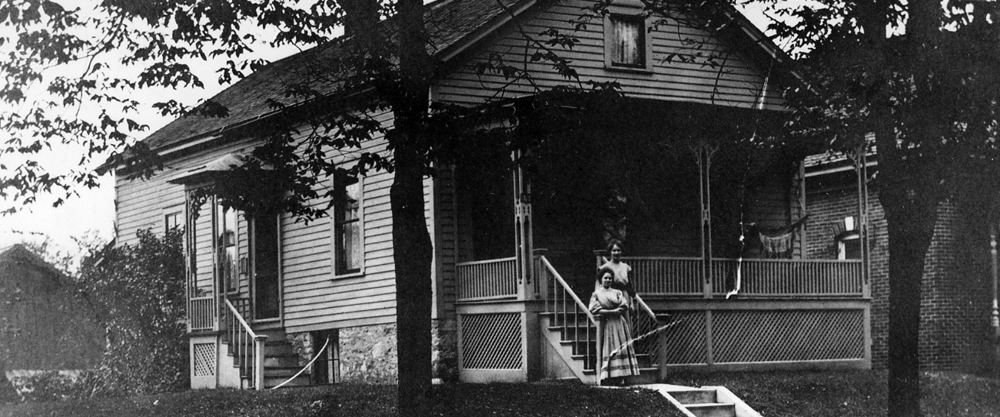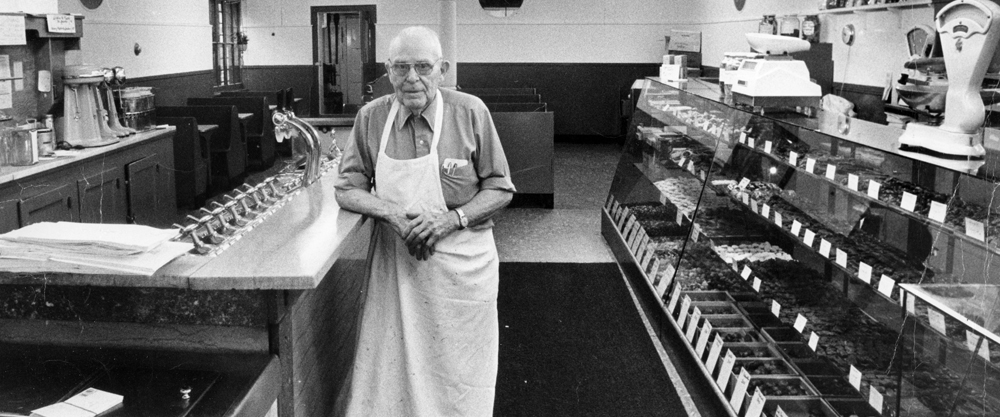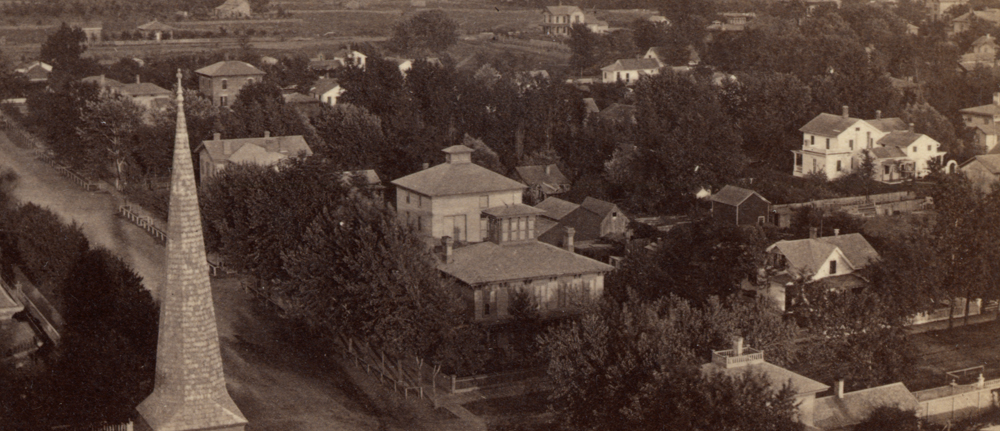LA CROSSE HISTORY
unbound
THE LA CROSSE AREA'S HISTORY, DIGITIZED
Goosetown

Unbound Collections
- Browse All Titles
- Formats
- General Histories
- Area Genealogy
- Accidents & Disasters
- Agriculture
- Archaeology
- Architecture
- Arts & Music
- Businesses & Industries
- Cemeteries
- Economy
- Education & Schools
- Events & Festivals
- Government
- Health & Healthcare
- Historic Sites
- Literature
- Military & War
- Natural Environment
- Neighborhoods
- Organizations
- Parks
- Peoples & Cultures
- Politics
- Press & News Media
- Religious Groups
- Sports & Recreation
- Transportation
Resources
—Goosetown—
Author:
University of Wisconsin-La Crosse Oral History Program
Description:
Swords and Schmidt discuss their experience as siblings growing up during the early 1900s in the Goosetown area of La Crosse, Wisconsin. They describe family relationships, the Goosetown neighborhood, sports and games, and entertainment options.
Author:
University of Wisconsin-La Crosse Oral History Program
Description:
Mr. and Mrs. Banasik discuss their marriage and family life in La Crosse, Wisconsin. They describe work, home, recreation, and entertainment activities. They also comment on changes in society and politics.
Author:
University of Wisconsin-La Crosse Oral History Program
Description:
John P. Gilbertson begins his interview by discussing his Norwegian family history. His interview largely focuses on La Crosse social life and recreation, as well as his career as a letter carrier. Topics include but are not limited to: saw mills, railroads, Coon Valley, family working-class occupations, the Great Depression, history of the La Crosse Post Office, steamboats, La Crosse Inter-State Fair, farm technology, newspaper and press industry, education in La Crosse, Wisconsin Business University, the circus, segregation from Ho-Chunk community and community racism, Bartl Brewery, anti-Black racism and interracial marriage, river and lumber industries, Goosetown, gambling houses and City policies, anti-German discrimination, WWI, automobiles, federal government, development of the La Crosse Normal School (now UW-L), Hoeschler family, medical history, Adolf Gundersen, early Ho-Chunk community members, early Black American community members, La Crosse Historical Society, Nathan Myrick, local politics, Wisconsin Progressive Movement, corruption in La Crosse Police Department, personal sentiments towards communities with different identities than his own (Indigenous, Black American, and Jewish).
Note: This interview has sections of poor audio quality.
Tape 2
Tape 3
Tape 4
Note: This interview has sections of poor audio quality.
Tape 2
Tape 3
Tape 4
Author:
University of Wisconsin-La Crosse Oral History Program
Description:
Winter discusses his life in La Crosse, Wisconsin. He focuses on his recollections of the area that became overtaken by the expanding University of Wisconsin-La Crosse. He also describes neighborhood life and social practices.
Creator:
Lindsay Marshall
Description:
Goosetown Neighborhood is one of the oldest working class neighborhoods in La Crosse, Wisconsin. Archaeological investigations into La Crosse's past have revealed a long and interesting history. During a redevelopment project in the 1980s, a Phase I investigation on the Jacobus house located at 608 North Sixth Street was conducted. By looking through the information in 47-LC-13, and comparing it against the procedures which took place in saving an 1858 Greek Revival house previously located at 422 North Eighth Street, information can be gained about the similarities and differences of architecture within the neighborhood, as well as the development of cultural resource management and historic preservation practices within the city.


